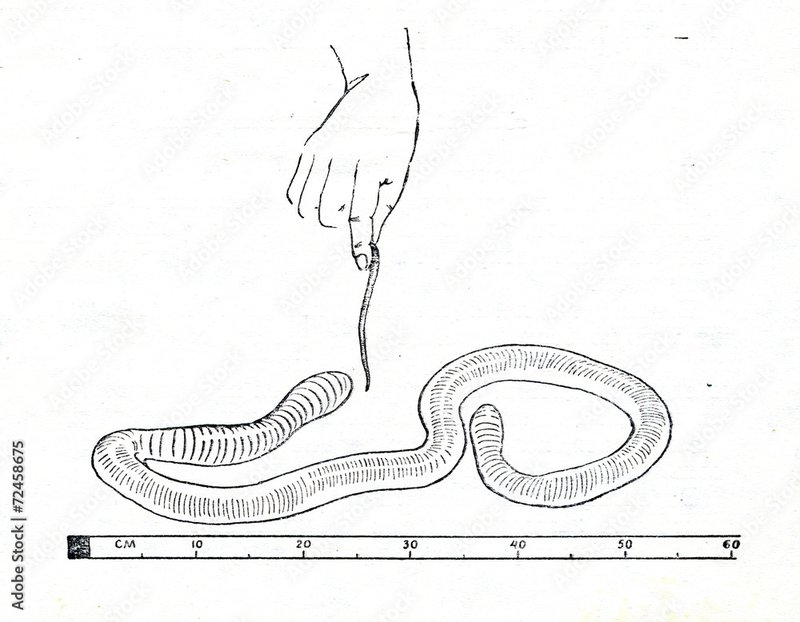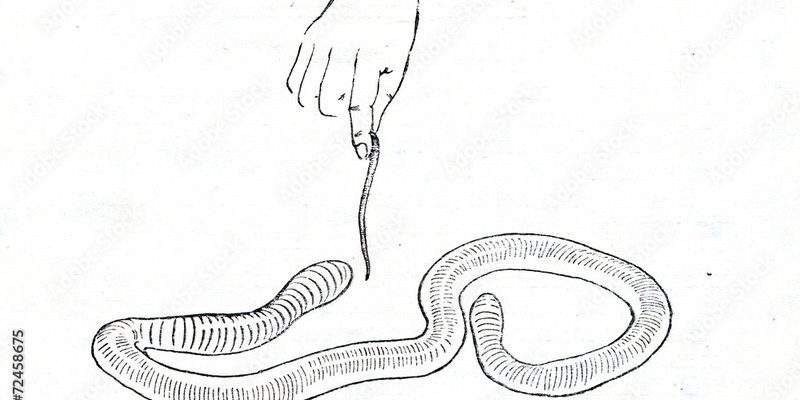
You might be wondering how one would even start documenting something buried beneath the ground. It’s like trying to catch a glimpse of a party happening behind a closed door—exciting but tricky. By using field cameras, researchers can set up a watchful eye and gather insights about these earthworms’ habits, movements, and interactions. Let’s dive into the fascinating world of the Giant Gippsland earthworm and explore how field cameras help us learn more about them.
Why Documenting Earthworm Behavior Matters
Understanding the behavior of the Giant Gippsland earthworm is essential for several reasons. First, these worms are a vital part of the soil ecosystem. They help aerate the soil and break down organic matter, which enriches the earth and supports plant life. By learning more about their behaviors, we can better appreciate their role in maintaining healthy environments.
Moreover, these creatures are sensitive indicators of soil health and biodiversity. When their population declines, it could signal problems within the ecosystem. With the impact of climate change and human activities on the environment, studying their behavior gives researchers crucial insights into the broader environmental challenges we face.
Plus, there’s something thrilling about witnessing nature in action. Observing the Giant Gippsland earthworm in its habitat helps foster a deeper connection to our environment, reminding us that even the smallest creatures play a significant role in the grand scheme of things.
Choosing the Right Field Camera
Now, if you’re all in on capturing these worms’ everyday routines, the first step is choosing the right field camera. You want something that’s both reliable and easy to use. Popular choices like the GoPro Hero series or Bushnell Trophy Cam are great options. Here’s what to consider when selecting a camera:
- Battery Life: A long-lasting battery is essential. You don’t want to miss any action because your camera shut off after a few hours.
- Resolution: Look for a camera that can capture high-quality video. You’ll want to see those worms clearly squirming through the soil.
- Weatherproofing: Since these cameras will be outside, ensure they can withstand the elements. A little rain won’t hurt, but you don’t want your gear damaged by a downpour.
- Motion Detection: Some cameras come with motion sensors that start recording when they detect movement. This feature can save battery life and storage by capturing only essential footage.
Choosing the right camera sets the stage for successful documentation. You want your film crew (the camera) to be well prepared for whatever happens underground.
Setting Up Your Field Cameras
Once you’ve selected your camera, it’s time to set it up for action. Finding the right location can be crucial. Here’s how you can do it step-by-step:
1. Choose a Suitable Spot: Look for areas with moist, rich soil. This is where the Giant Gippsland earthworms thrive. Their habitat is usually near pastures or in woodlands.
2. Digging the Hole: Before placing your camera, gently dig a small hole about 30-40 cm deep. This mimics their underground environment while allowing the camera to capture the action.
3. Positioning the Camera: Secure the camera in place, ensuring it has a clear view of the ground where the worms are likely to move. Angling it slightly downward can help capture close-ups of their activities.
4. Check Settings: Make sure your camera is set to video mode, with the correct resolution and motion detection enabled.
5. Leave it Alone: Once everything’s set, step back and give the earthworms time to go about their business without any disturbances.
Setting up seems straightforward, but patience is key. Earthworms are nocturnal and tend to be more active during damp conditions, so it may take some time to catch them in action.
What to Expect When Documenting Giant Gippsland Earthworms
Here’s the thing: Giant Gippsland earthworms are not as active as you might expect. Unlike squirrels or birds that dart around, these worms are more about slow, deliberate movements. When you review your footage, you might see them slowly emerging from their burrows, which can be fascinating to watch.
You’ll likely capture them:
– Feeding: They consume organic matter, which you might see them processing as they move through the soil.
– Mating: If you’re lucky, you might catch them intertwined, which is essential for the breeding cycle.
– Moving Through Soil: Watching how they navigate underground can offer insights into how they aerate and enrich the soil.
Honestly, the pacing may not be as action-packed as watching a nature documentary filled with fast-moving animals, but the subtleties of their behavior tell an equally important story about life underground.
Challenges of Documenting Earthworms
While documenting these burrowing creatures can be thrilling, it also comes with its fair share of challenges. Here are a few to consider:
– Visibility Issues: Digging in dark, moist conditions may make it hard to capture clear footage. Using a camera with night vision capabilities can help alleviate this.
– Battery Drain: Since earthworms are often active at night and during specific weather conditions, you might face battery challenges. Be sure to have a backup power source ready to switch out when needed.
– Unpredictable Behavior: Earthworms don’t follow a schedule, so capturing their activities can sometimes feel like waiting for a bus that never arrives. Being patient and letting the camera work its magic is essential.
Despite these challenges, the potential to observe and document the unique behaviors of the Giant Gippsland earthworm makes it all worthwhile. Each piece of footage offers invaluable data that can contribute to scientific understanding and environmental conservation.
Analyzing Your Footage
After gathering your footage, the next step is analyzing what you’ve captured. Here’s how to dive into your discoveries:
1. Review the Footage: Take the time to watch all the videos you collected. Look for patterns in movement and behavior over several days.
2. Take Notes: It’s helpful to jot down specific behaviors, such as when they come to the surface or how they interact with each other.
3. Look for Climatic Effects: Compare different days in your footage with weather conditions. How do rain or temperature changes affect worm behavior?
4. Share Findings: If you discover something interesting, consider sharing it with local environmental groups or using social media to raise awareness.
Taking the time to analyze the footage not only enhances your understanding but also contributes to the larger body of knowledge about these unique creatures.
Documenting the behavior of the Giant Gippsland earthworm with field cameras opens a window into a world that’s often overlooked. These remarkable creatures play a crucial role in our ecosystems, and understanding their habits helps us appreciate their importance.
From choosing the right camera to capturing their subtle movements, every stage of the process contributes to our knowledge of the environment. So, if you’re up for the challenge, grab your field camera and embark on an adventure into the underground world of these fascinating earthworms. You never know what incredible insights you might uncover!

